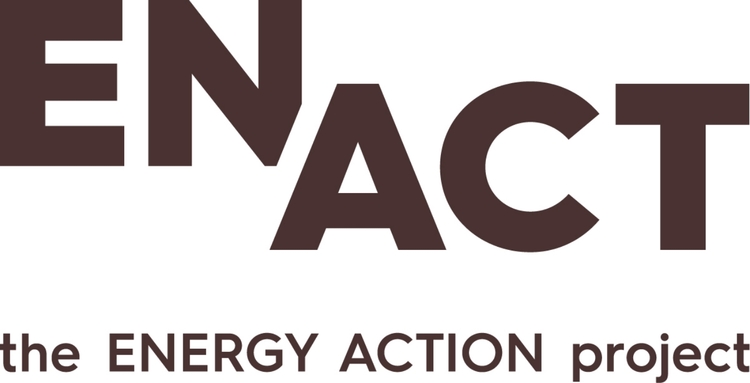Over the long term – i.e. to 2050 – boosting the energy renovation rate for EU buildings to 3% annually would drastically slash both energy demand and carbon dioxide (CO2) emissions. Within the EU context and existing 2030 energy savings targets, Renovate Europe notes an annual investment gap of €130-200 bn. Are carbon revenues the answer?
Pricing carbon aims to reduce emissions in two ways. First, by increasing the overall cost of using carbon-intensive energy, price signals trigger a ‘demand response’; consumers have incentive to use less energy. Alternatively, emissions trading puts an ‘cap’ on total emissions allowed by all sectors and creates a market in which high emitters can ‘buy’ credits from players that do not use up their allotted share.
In the second case, the EU Emissions Trading Scheme (EU ETS) could be an important tool for prioritising renewable sources in power generation, transmission and distribution. But its impact on actually reducing emissions depends on both the carbon price and the types of power plants that can be called up to meet demand in a given market (the so-called ‘merit order effect’). To date, across the EU, the reduction gains have been negligible to moderate.
Passing the costs associated with CO2 emissions on to both producers and consumers is a core element of carbon pricing. As such, it effectively raises the value of units of carbon-intensive energy that don’t need to be produced or consumed. In fact, the Regulatory Assistance Project (RAP) makes the case that directing carbon revenues to energy efficiency in buildings delivers 7-9 times more carbon savings than using the price mechanisms alone (Figure 1).[1]
Figure 1 • Cumulative CO2 emissions reduction with 3% rise in rates only versus 3% rise + directing funds to energy efficiency. Source: Regulatory Assistance Project (2015)
Data from the European Commission show that the greatest need for energy efficiency renovations is - by far - in the residential sector.
With carbon prices expected to rise, the World Wildlife Fund (WWF) estimates that, by 2030, the EU ETS could deliver revenues of €200 bn to Member States.[2] RAP sees potential for this new source of substantial funds to help deliver a just energy transition, including by prioritising energy efficiency of the worst quality homes to lift EU citizens out of energy poverty. Programmes in the Czech Republic, France and Germany validate that such an approach delivers additional benefits.
Renovate Europe estimates that boosting the renovation rate to 3% annually would cut total EU energy demand by 30%, reduce energy bills for all consumers, enhance productivity and increase property value and rentals. Such benefits could boost GDP by 0.7% annually; in 2020 alone, that would equal €39 bn in additional public finances.
For more details, click above on ‘InDepth’.
Or listen in to a podcast with Louise Sunderland, Senior Advisor at the Regulatory Assistance Project.
For the full set of articles co-produced by EnAct and Renovate Europe, follow the links below.
Part 1 of 5 / Building renovations and the EU Green Deal
Part 2 of 5 / Proof of how buildings renovation can help meet the EU Green Deal
Part 3 of 5 / Tapping into the Just Transition Mechanism
Part 4 of 5 / Leveraging carbon revenues for EU buildings renovation
Part 5 of 5 / Financing residential deep energy renovation


